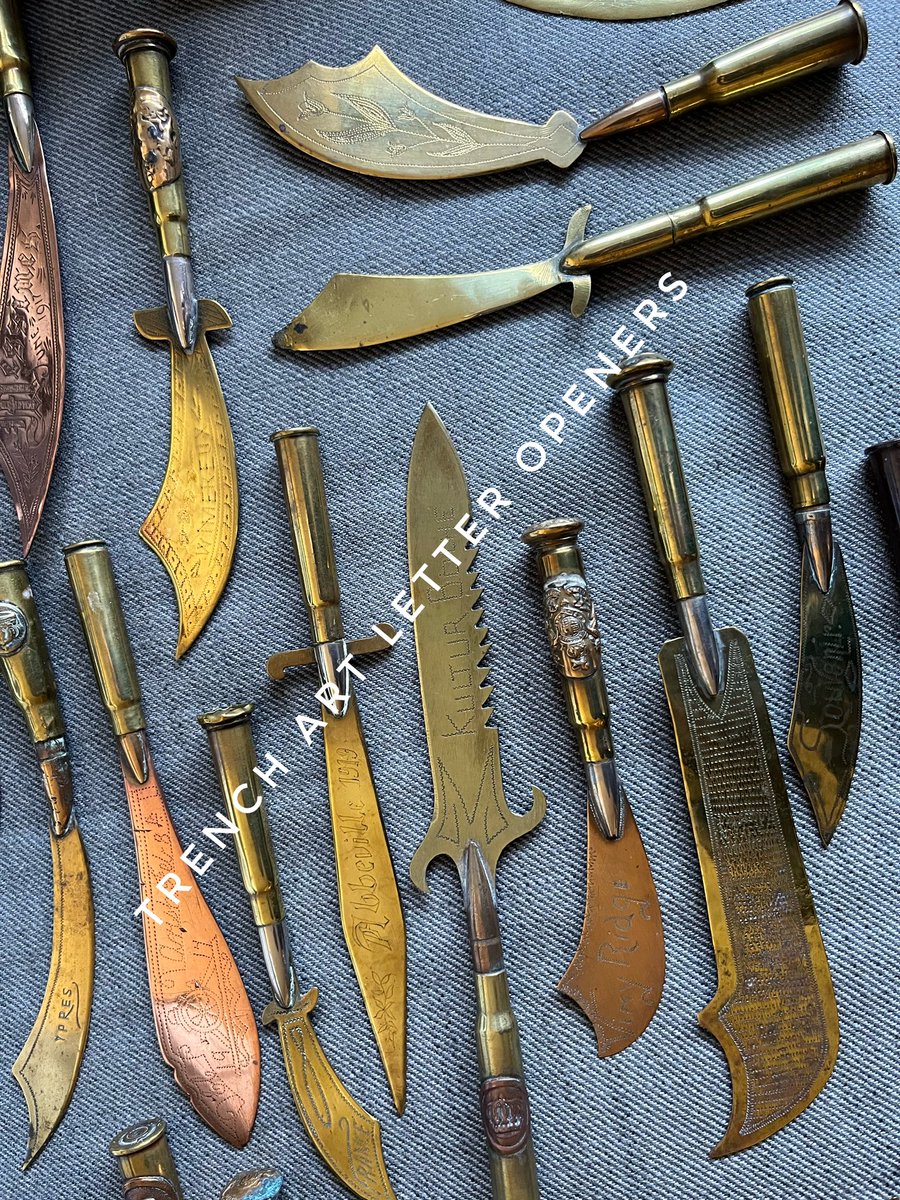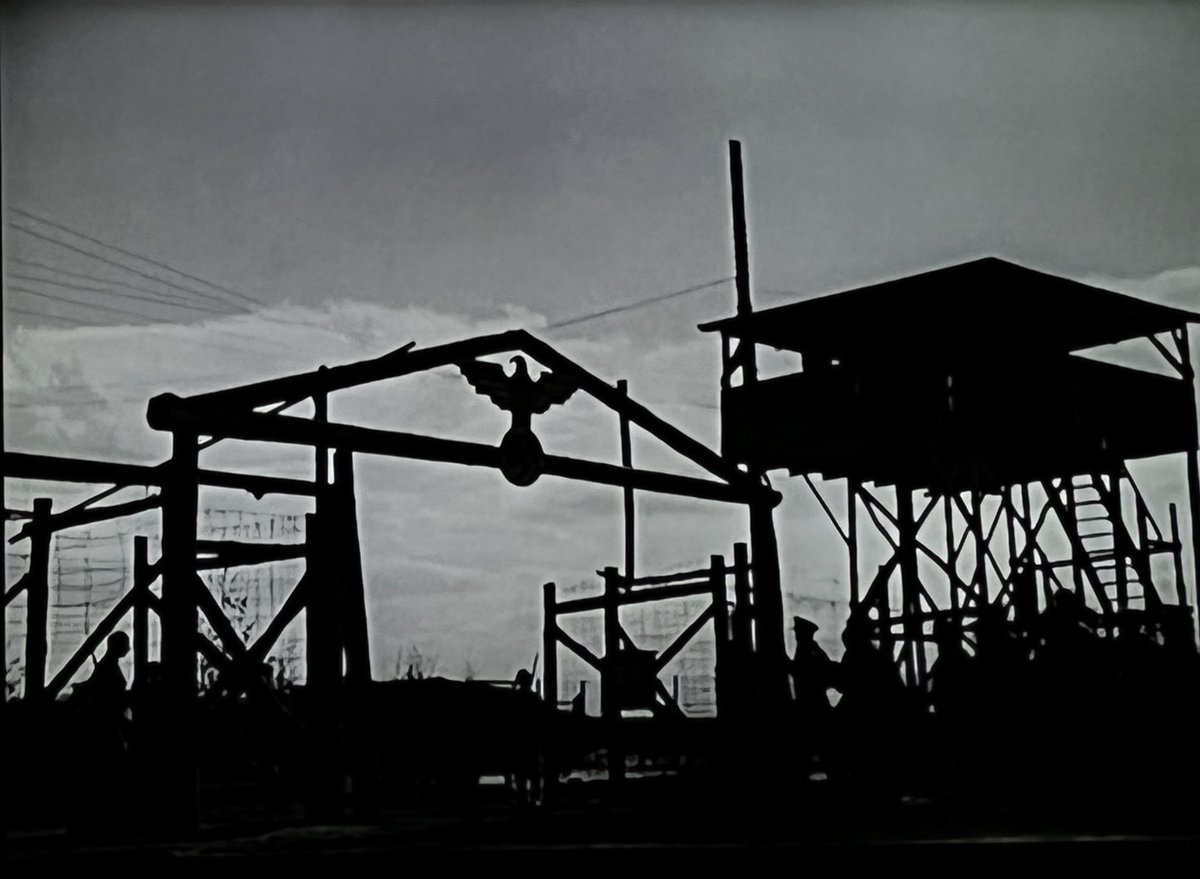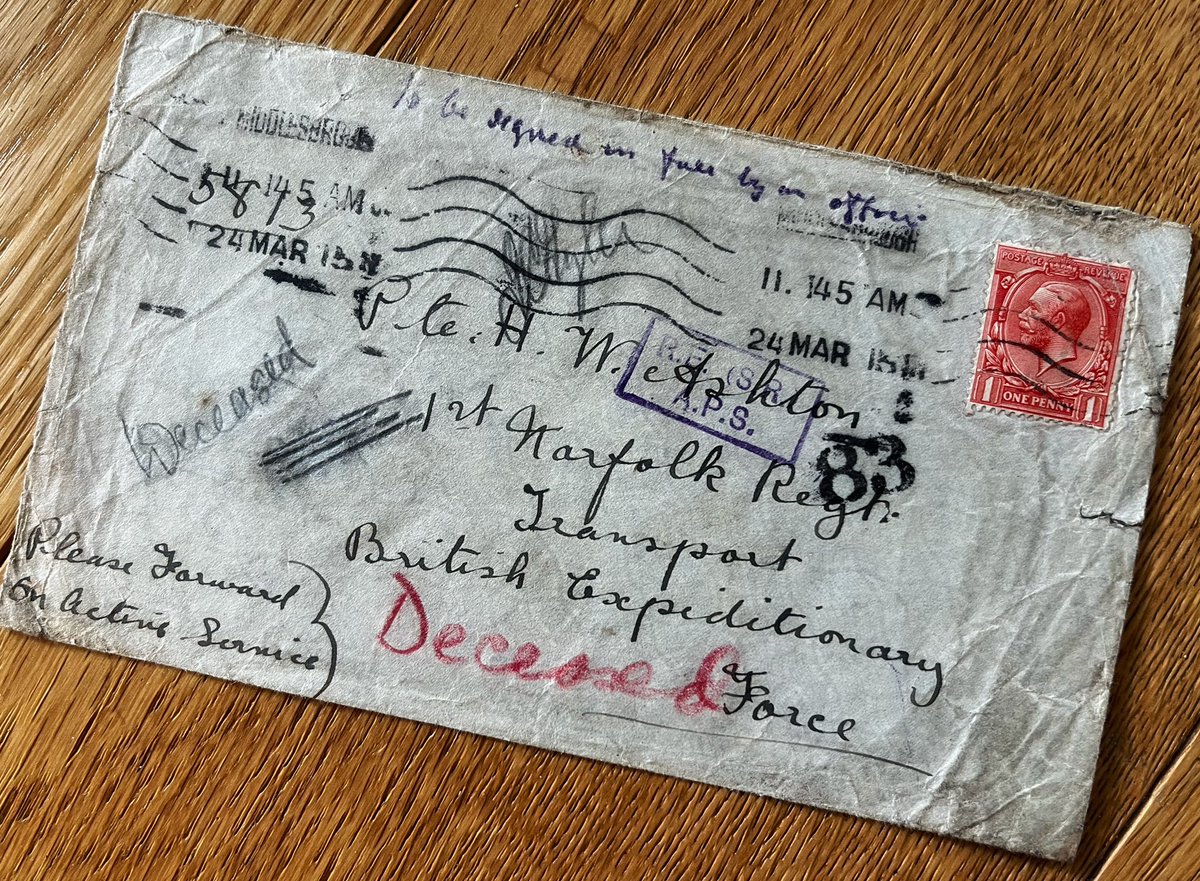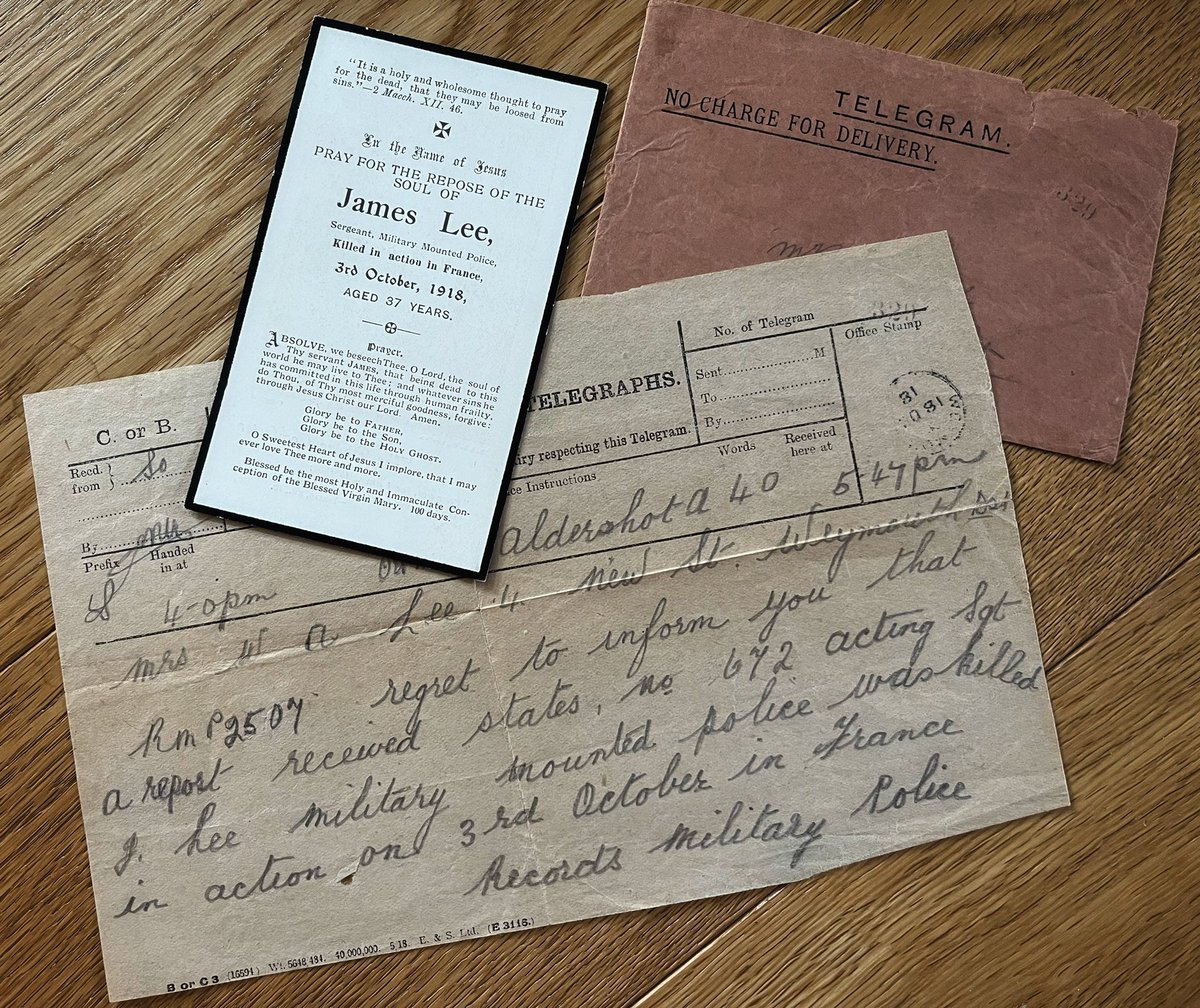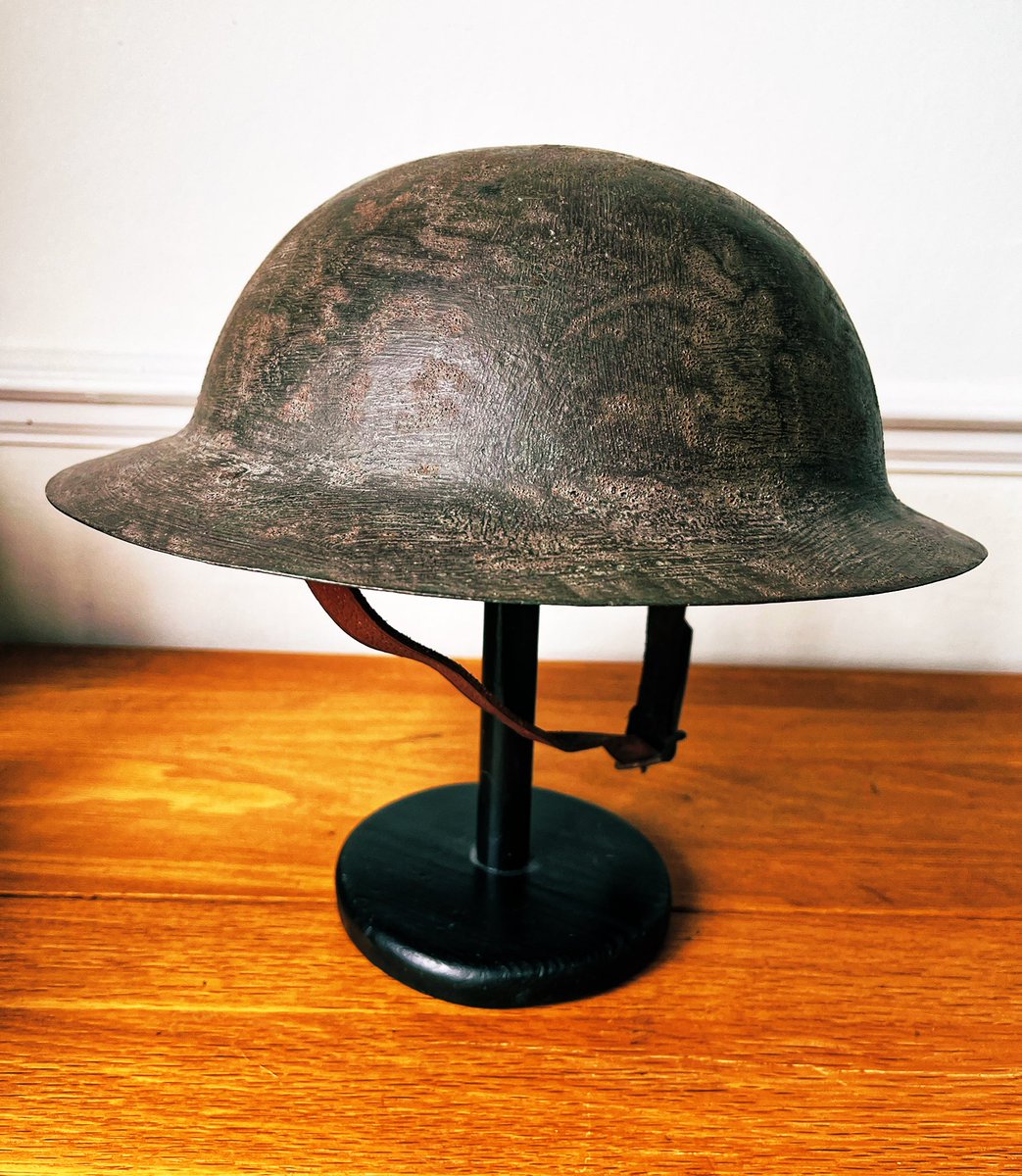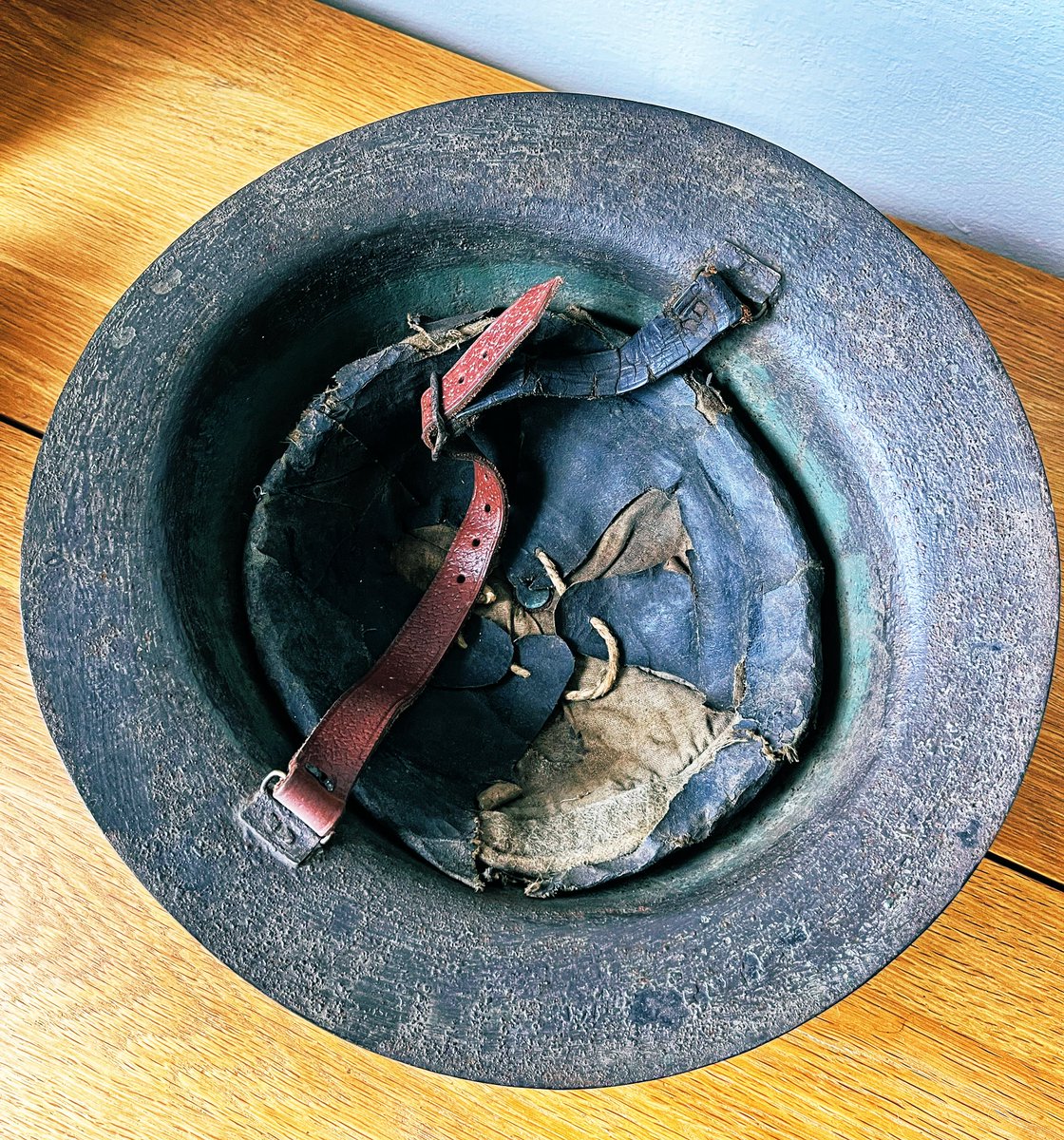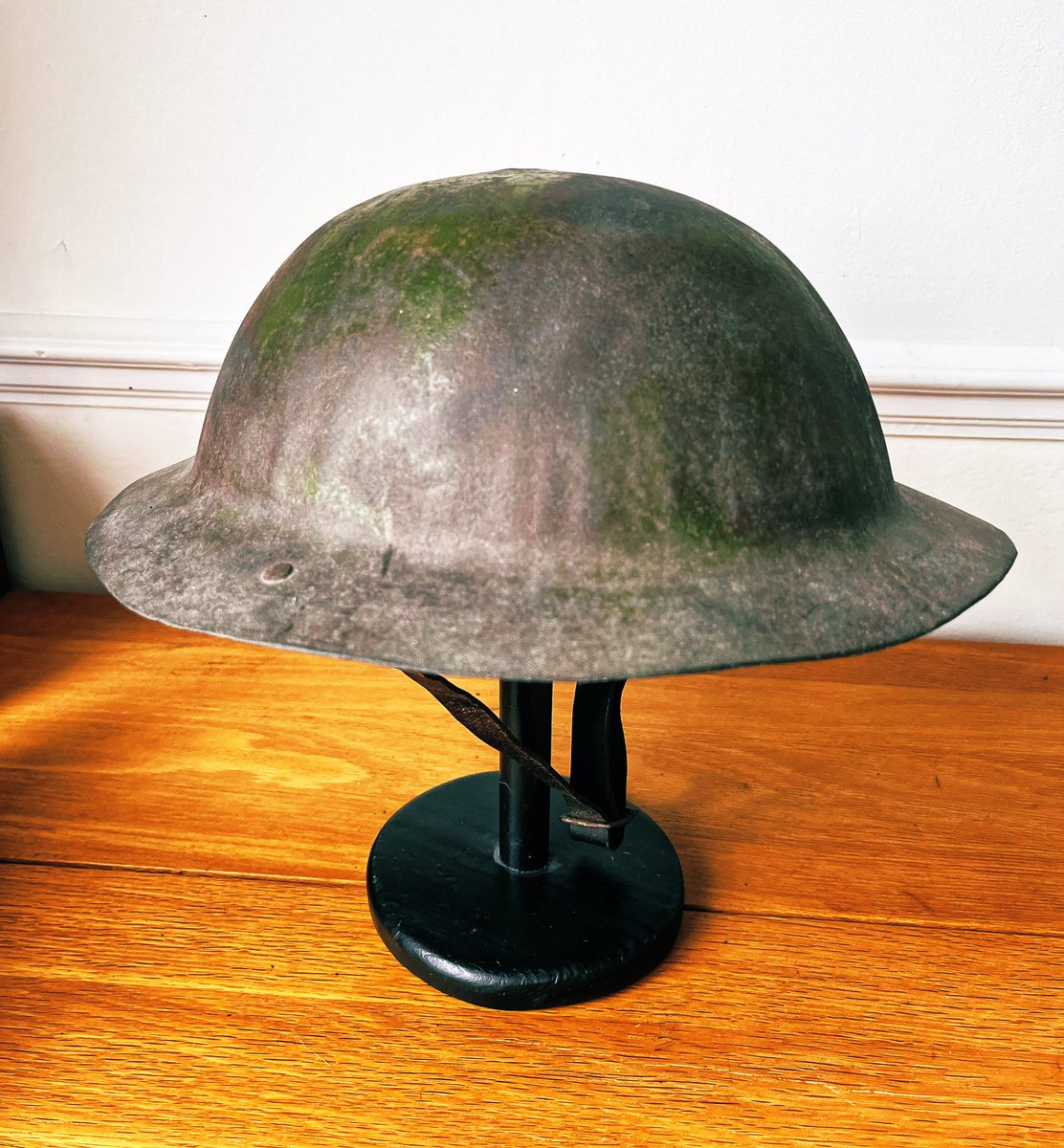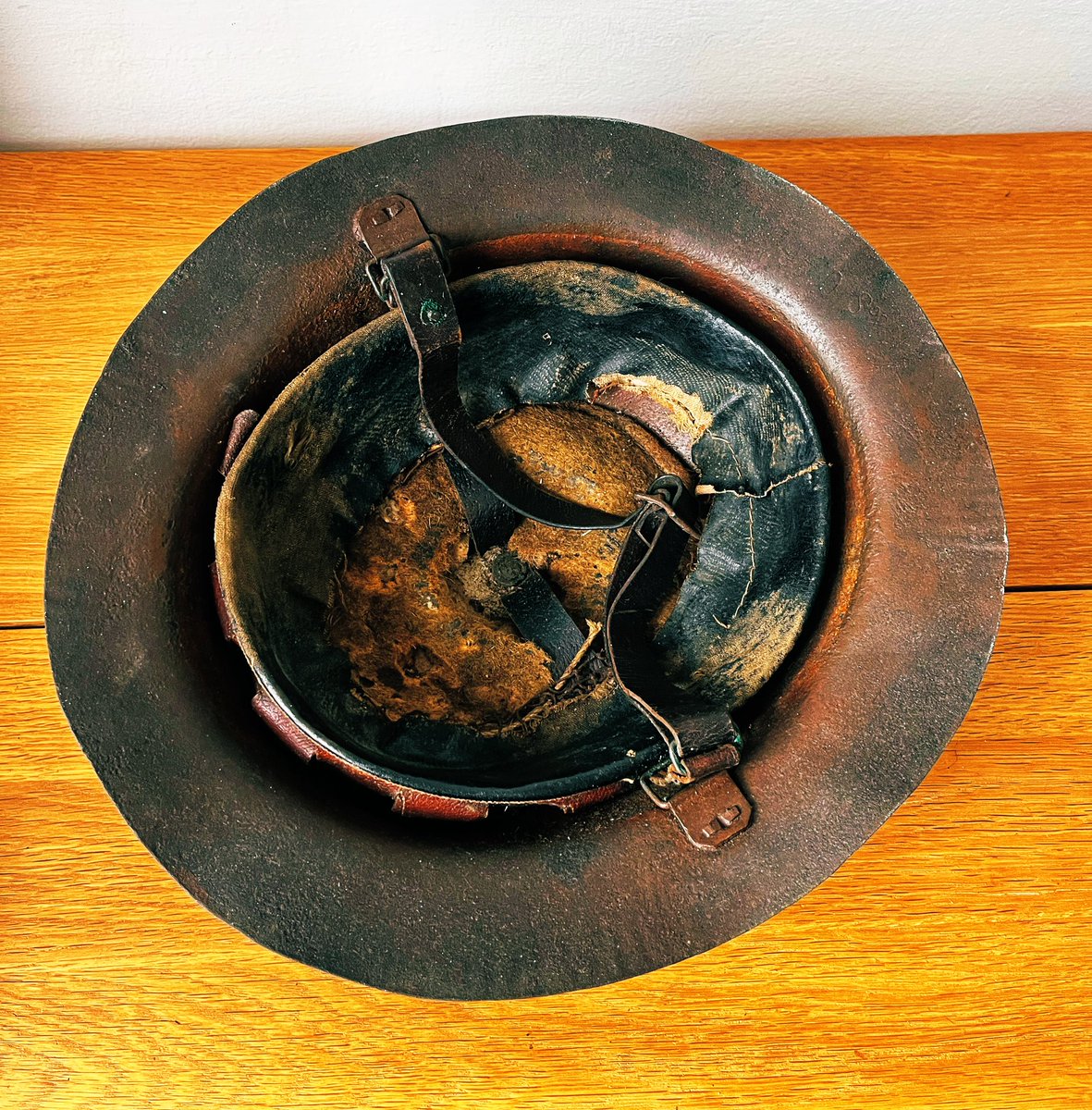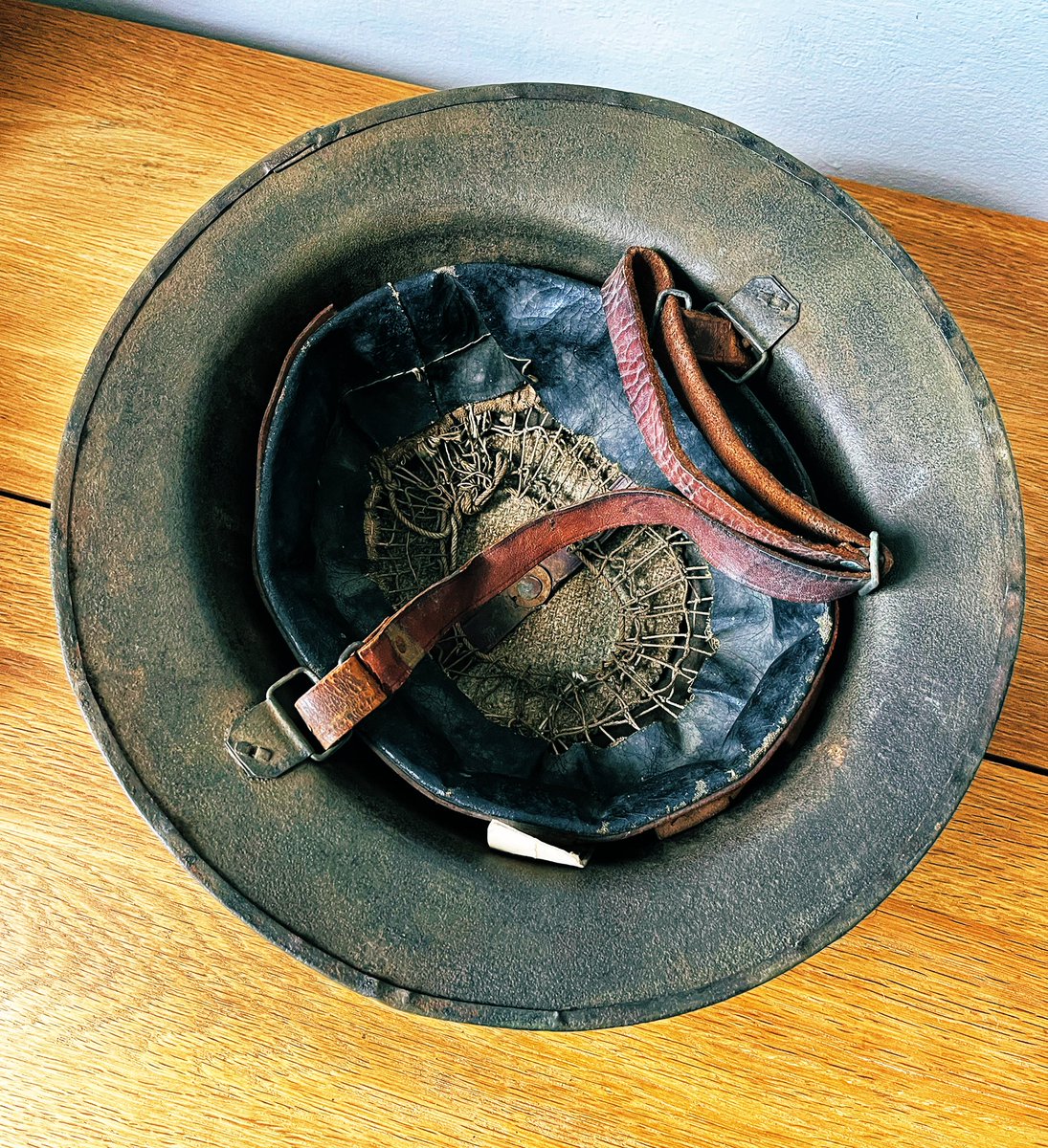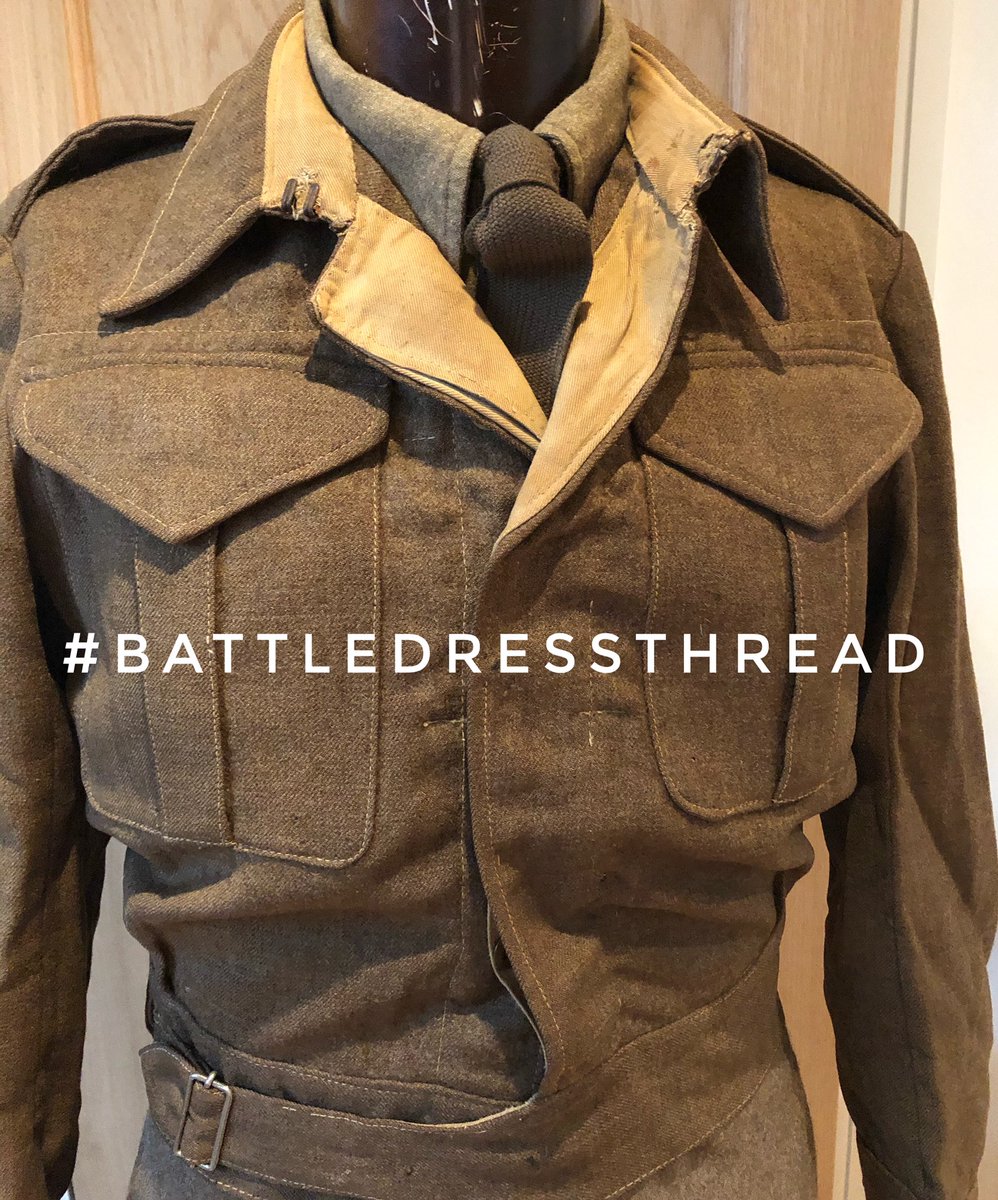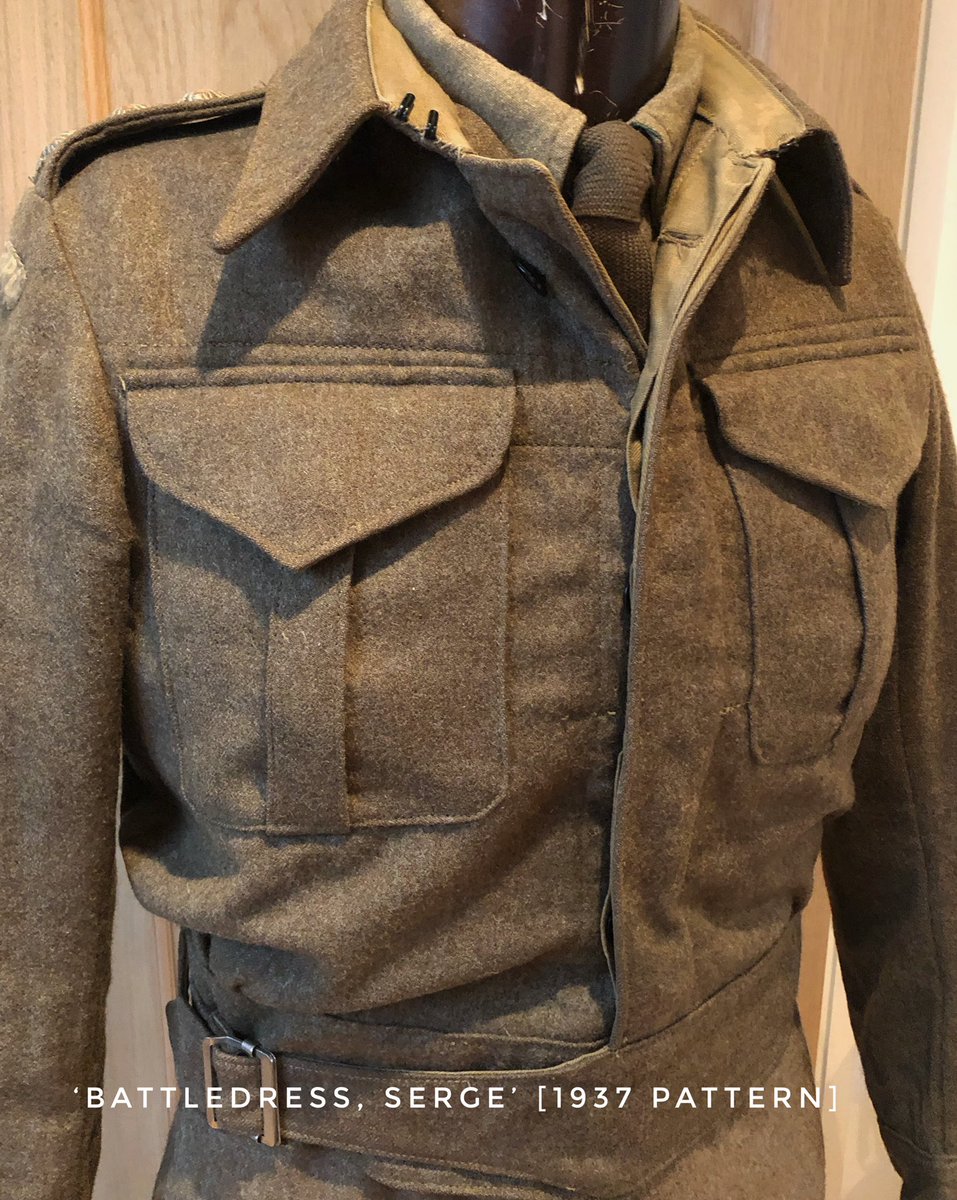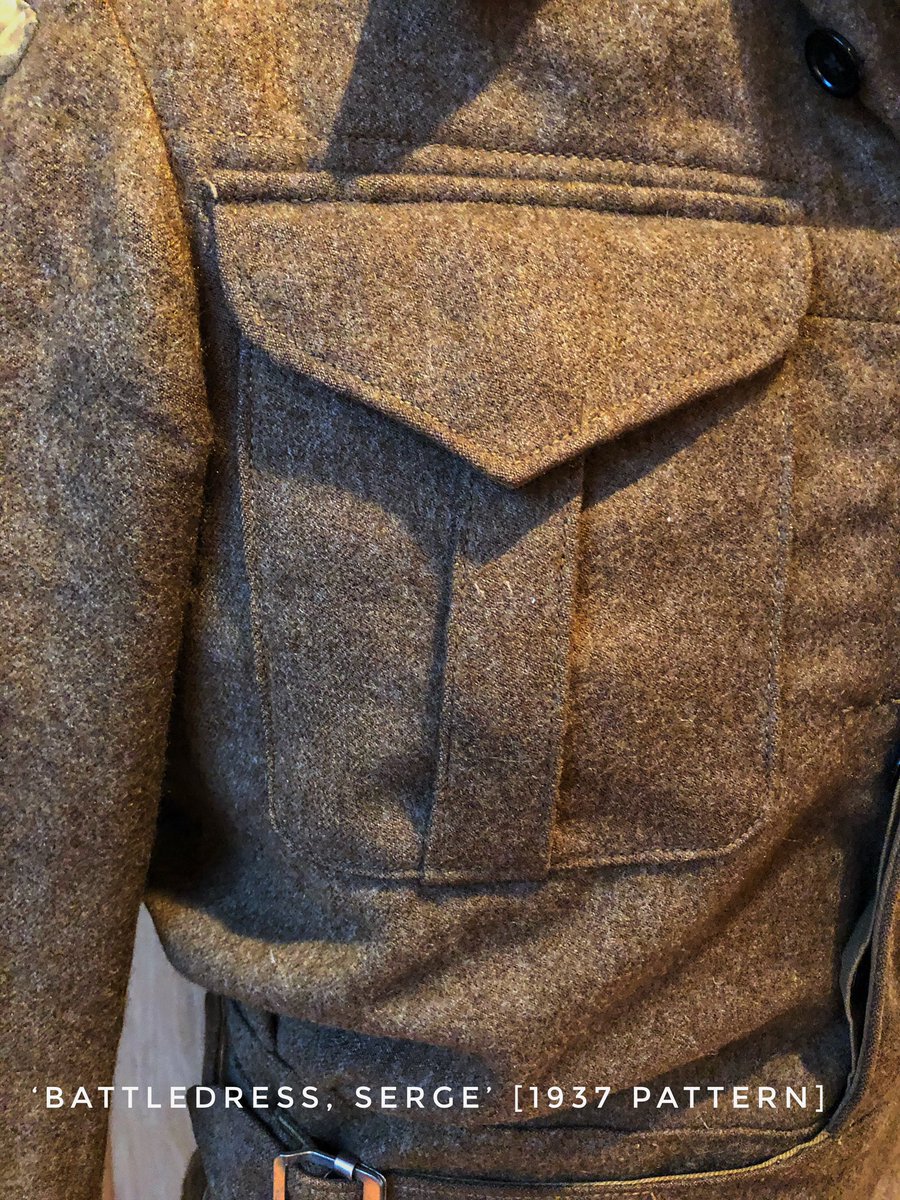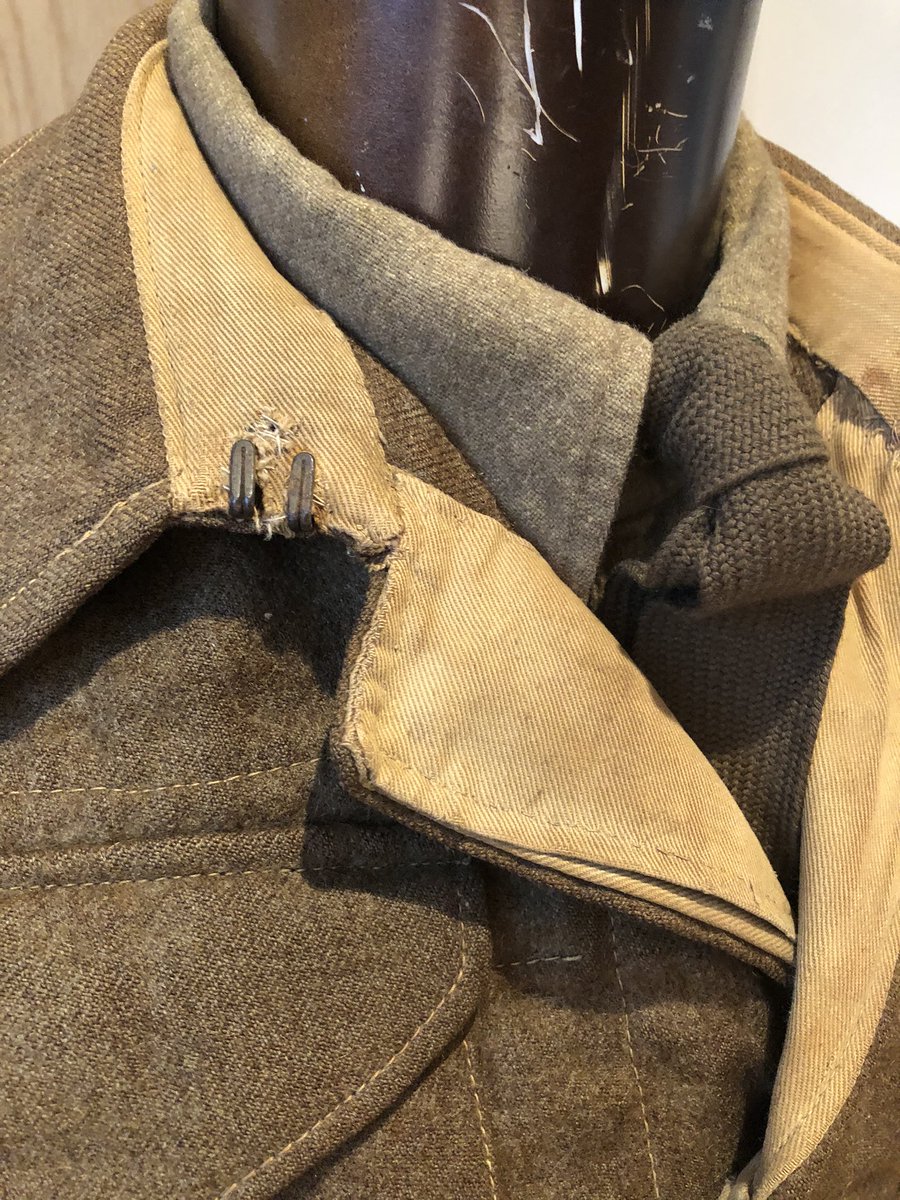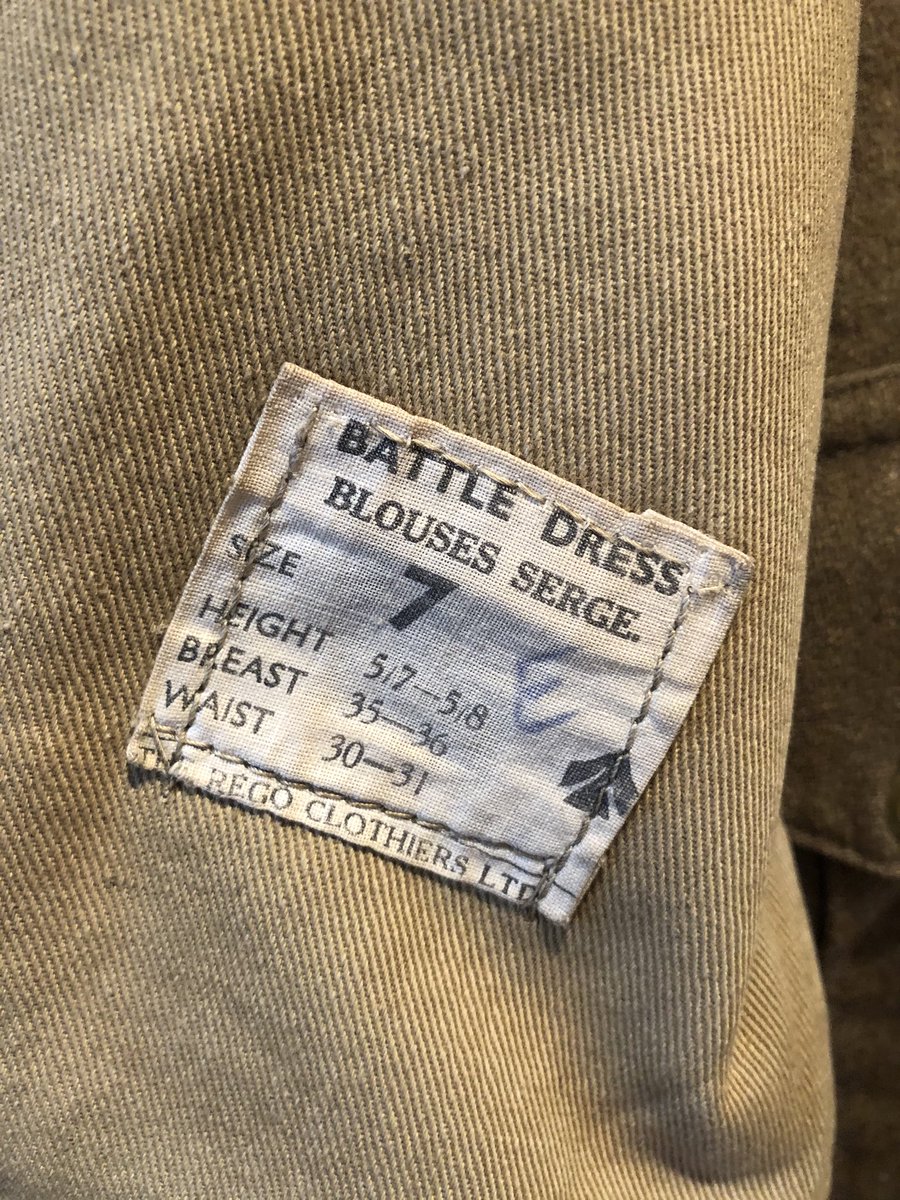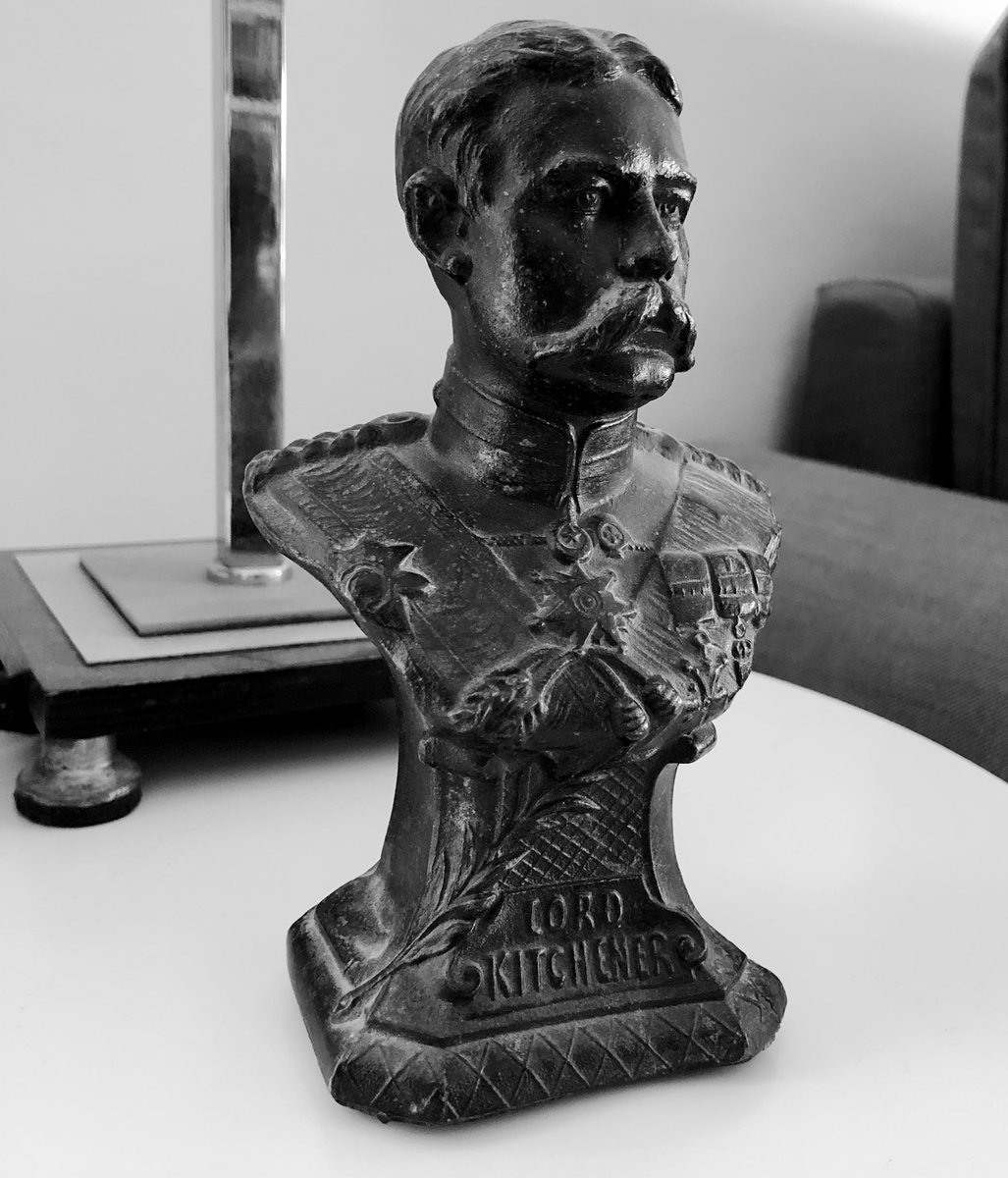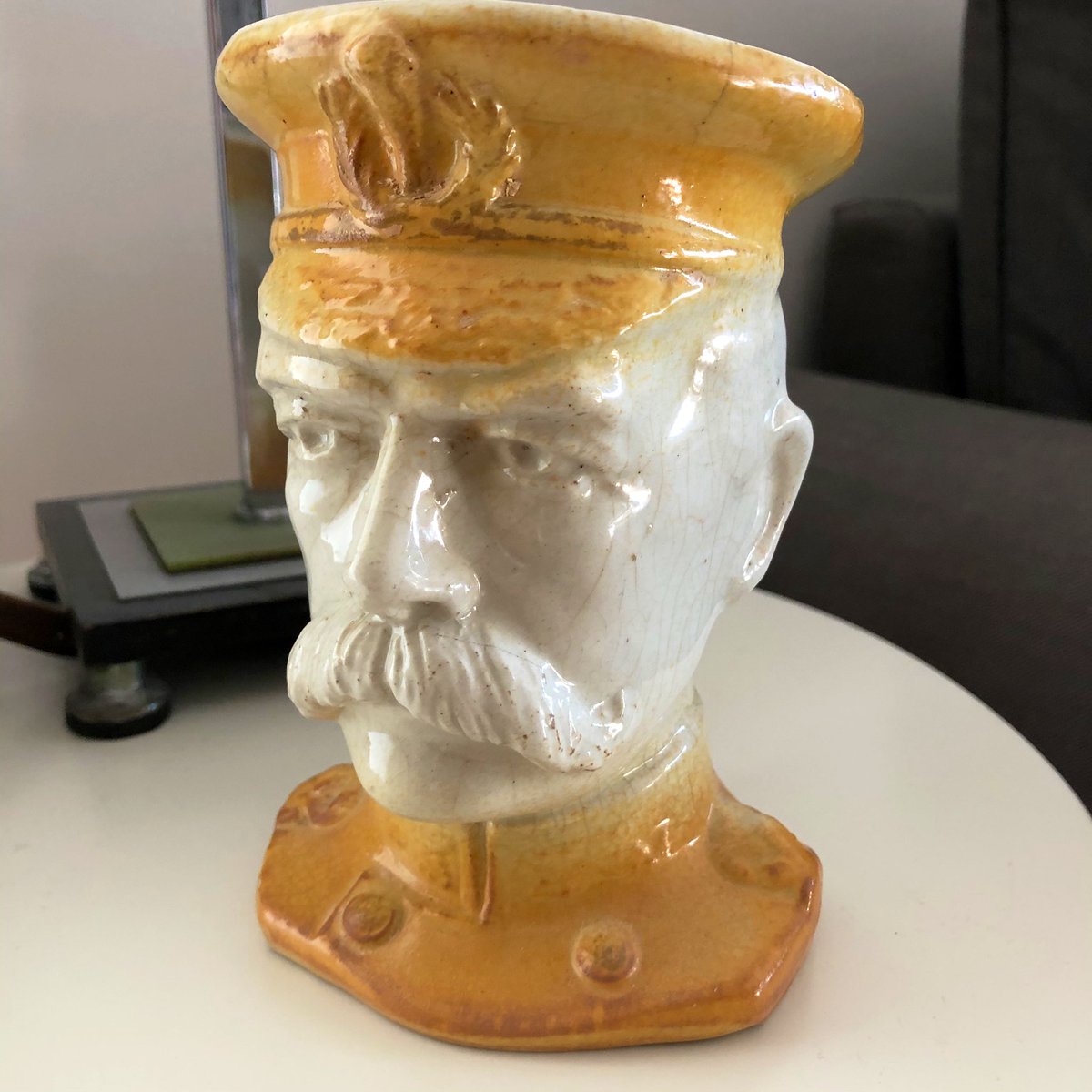Gallipoli: variations on a theme. First UK edition of Moorhead’s classic. On the cover? The @I_W_M diorama model of the landings at V Beach #gallipoli 
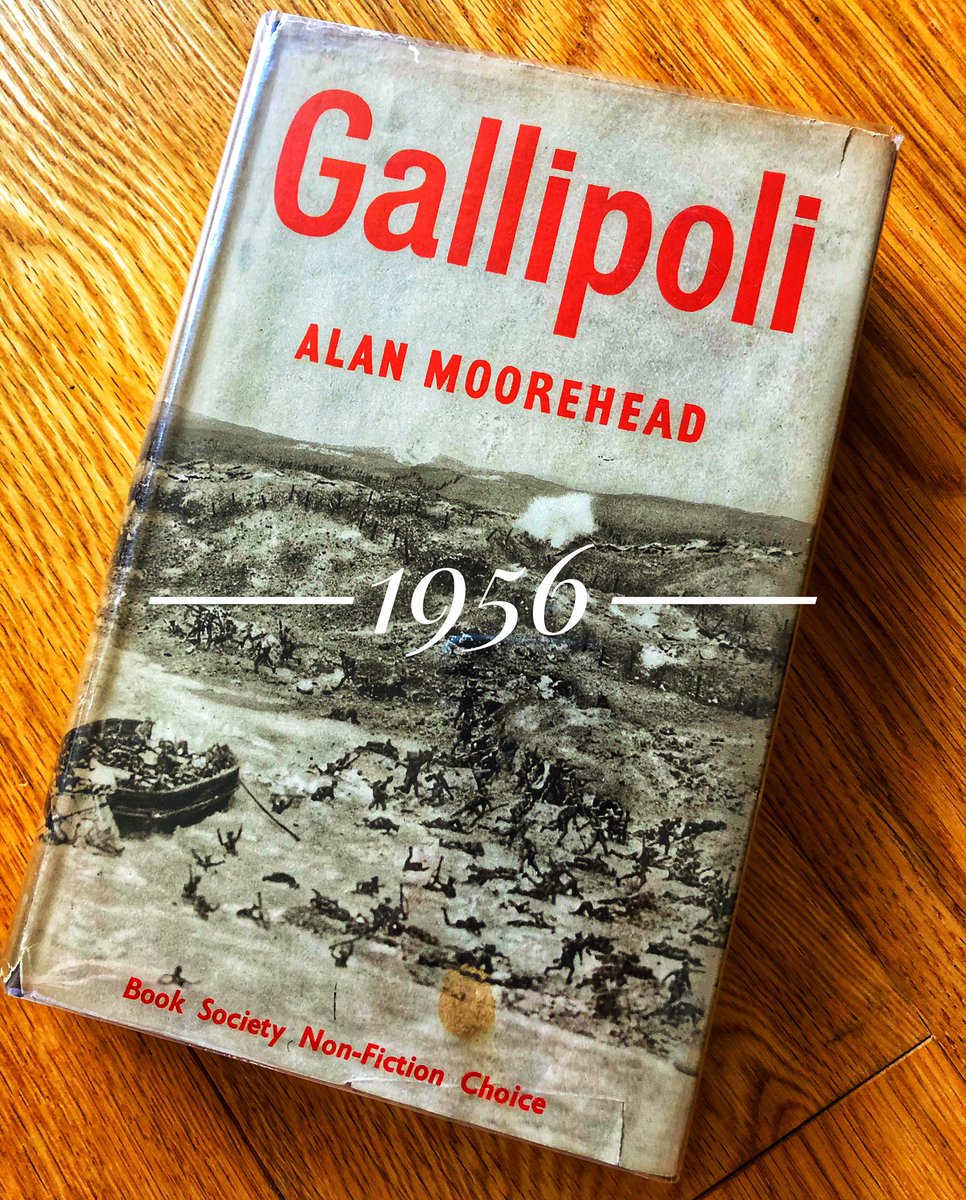
Gallipoli: variations on a theme. US paperback edition of Moorhead’s classic. On the cover? The iconic depiction of the 1st Lancashire Fusiliers landing at W Beach #gallipoli #lancashirelanding #sixvcsbeforebreakfast 
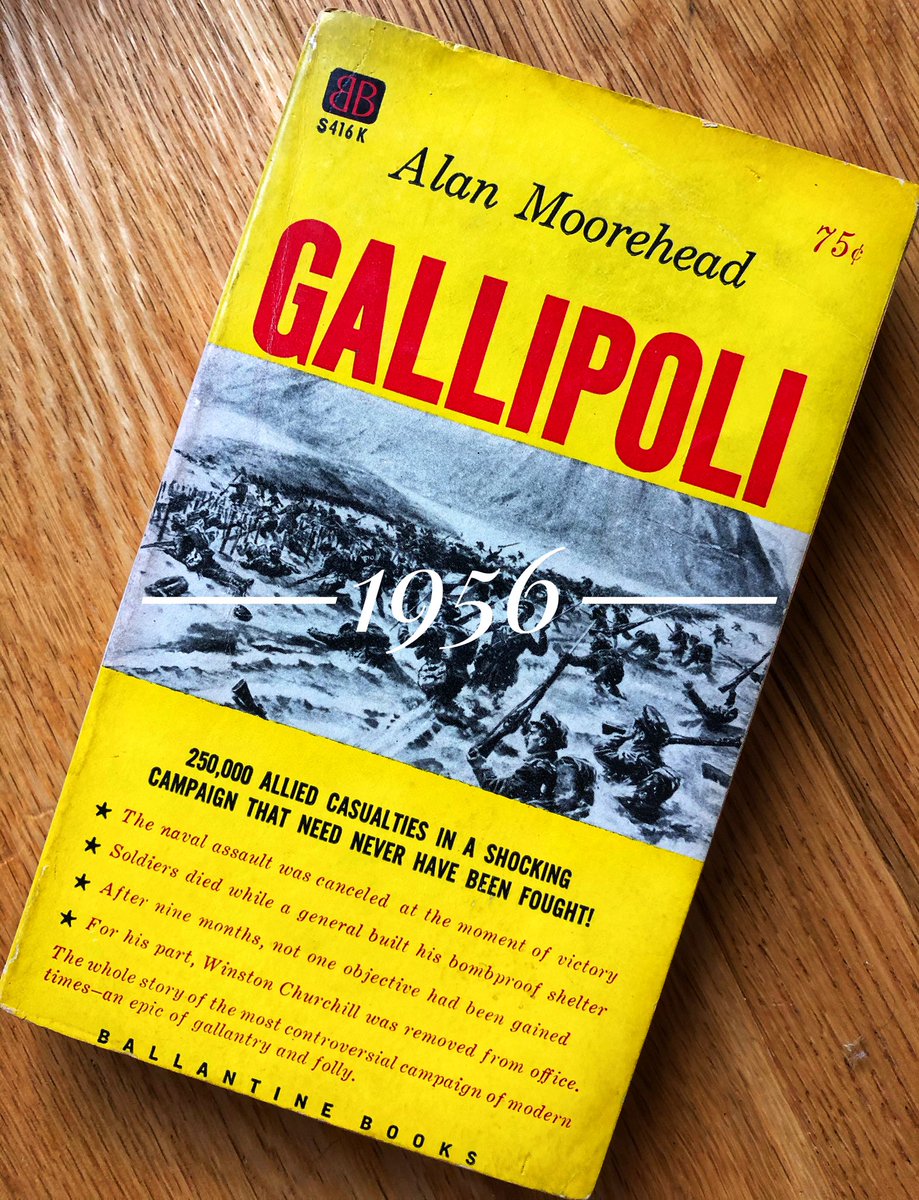
Gallipoli: variations on a theme. UK paperback edition of Moorhead’s classic. On the cover? A unique depiction of the River Clyde and the landings at V Beach #gallipoli 
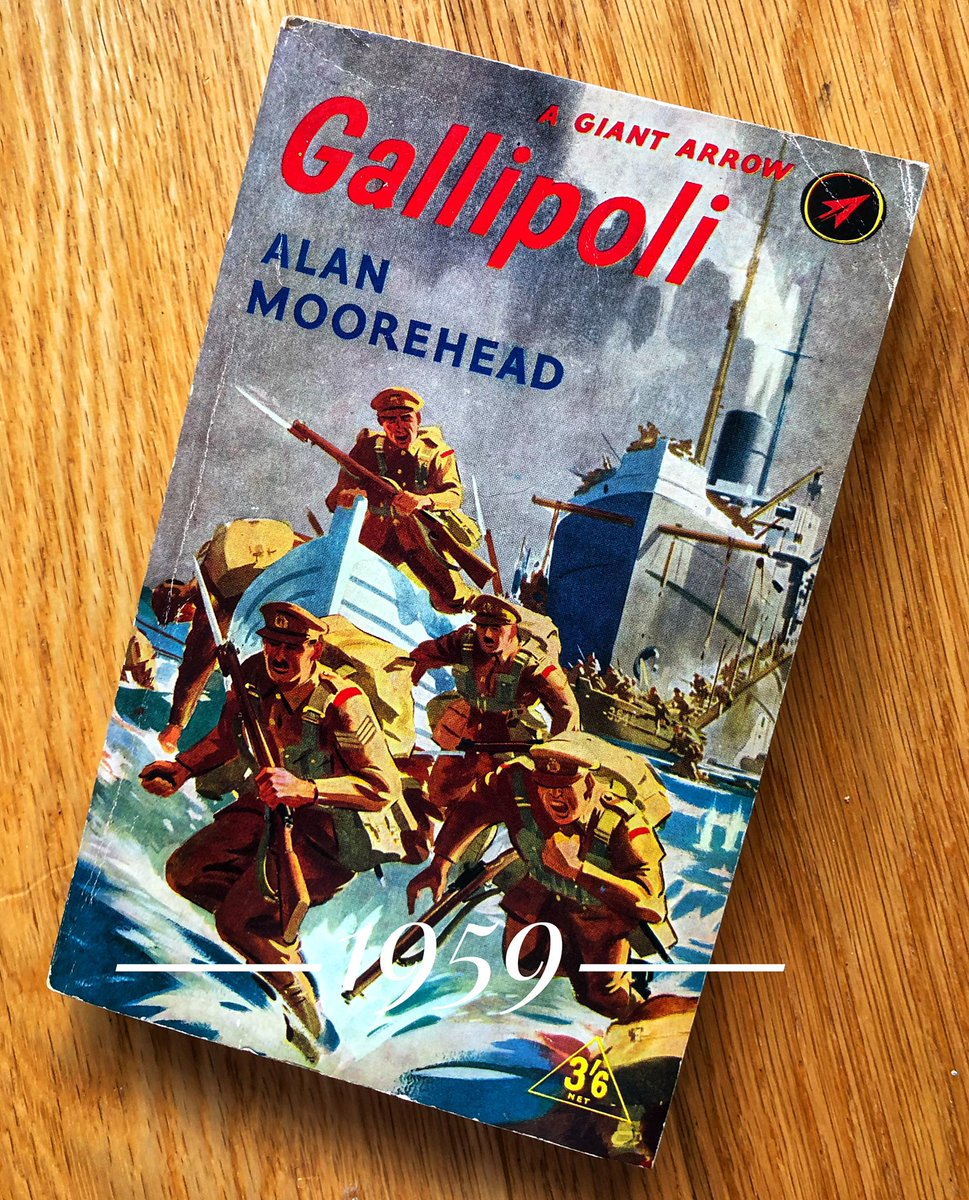
Gallipoli: variations on a theme. UK paperback of Moorhead’s classic. On the cover? One of the most powerful images of artillery in action on the peninsula #gallipoli 
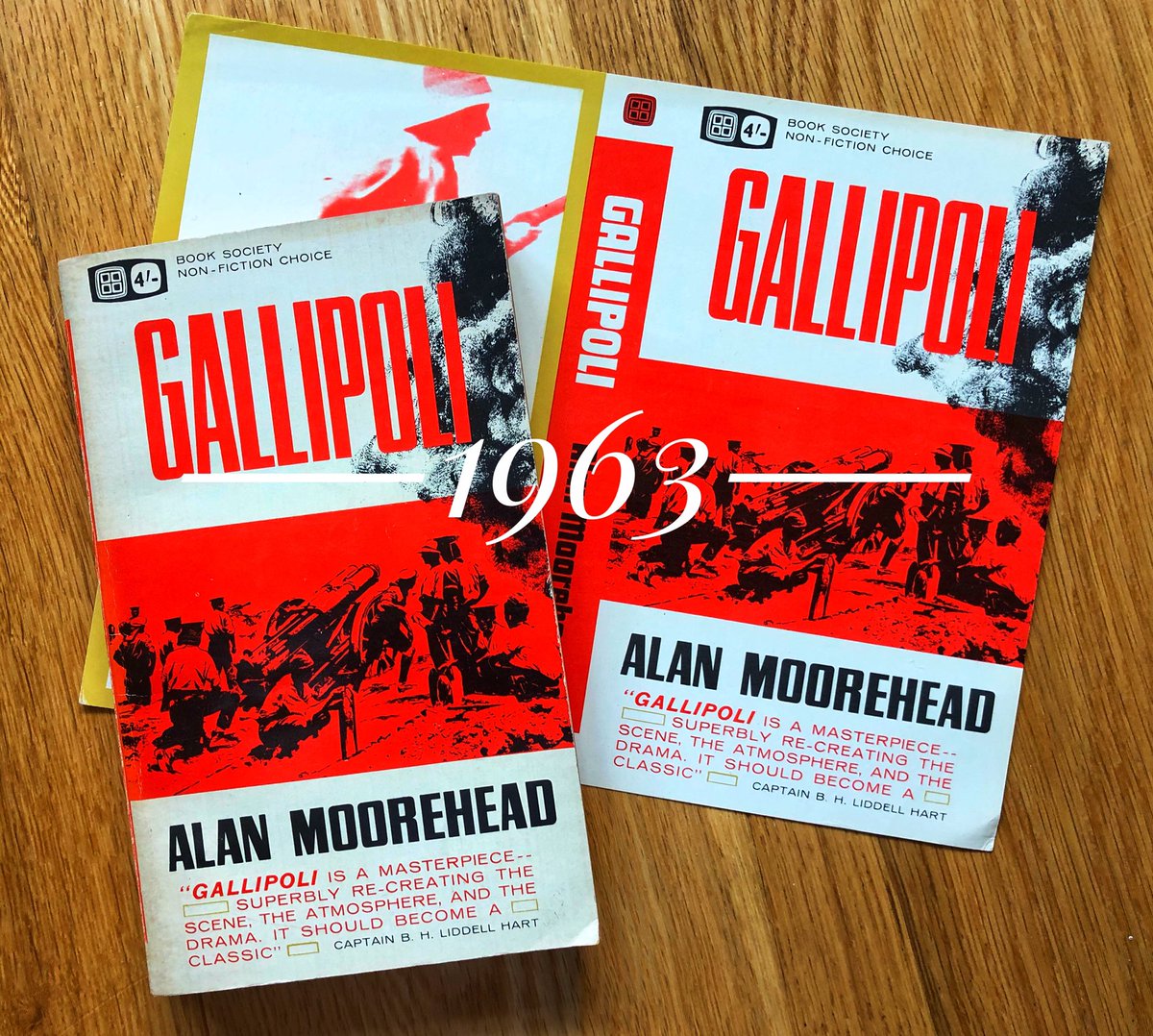
Gallipoli: variations on a theme. US paperback of Moorhead’s classic. On the cover? Generic icon of the Great War : ‘hanging on the old Front line’ #gallipoli 
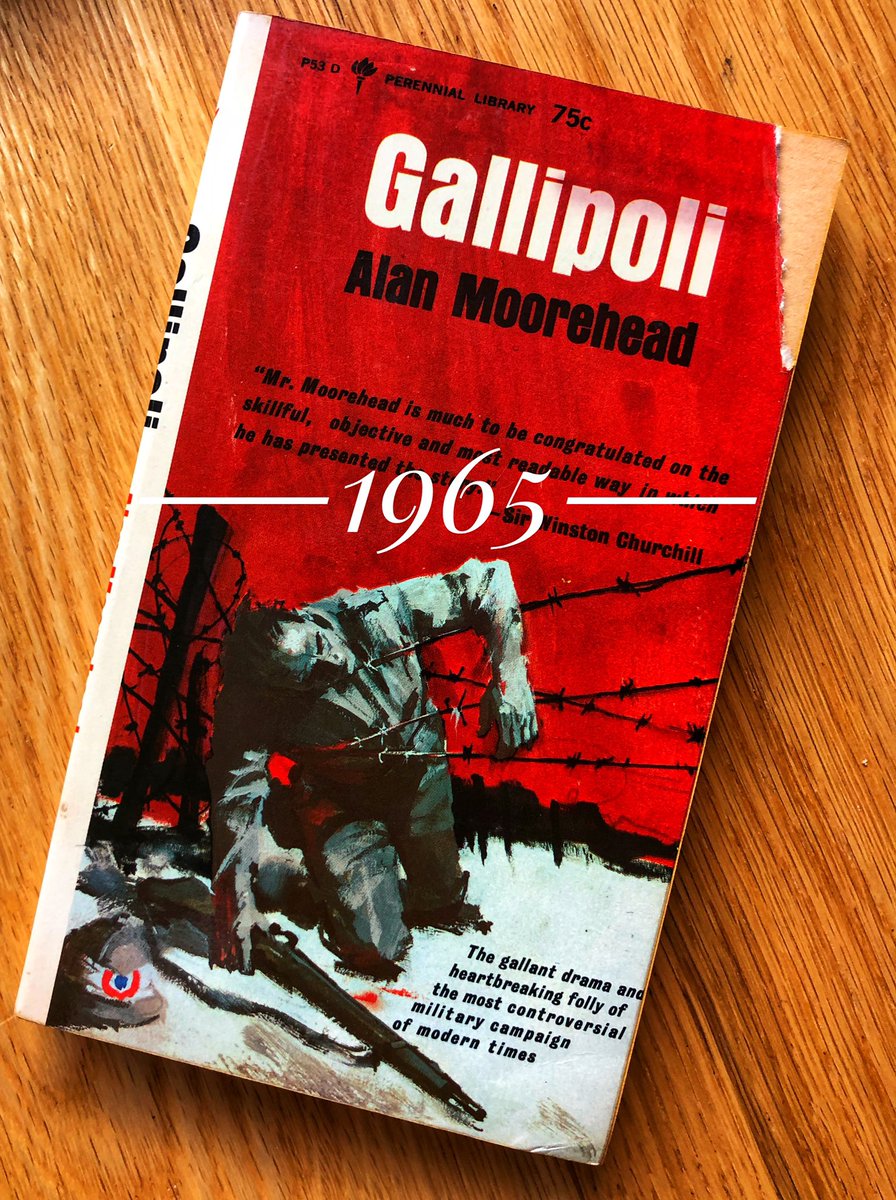
Gallipoli: variations on a theme. A UK paperback edition of Moorhead’s classic. On the cover? The homogenisation of Great War images has led to this: undoubtedly based on Western Front imagery #gallipoli 
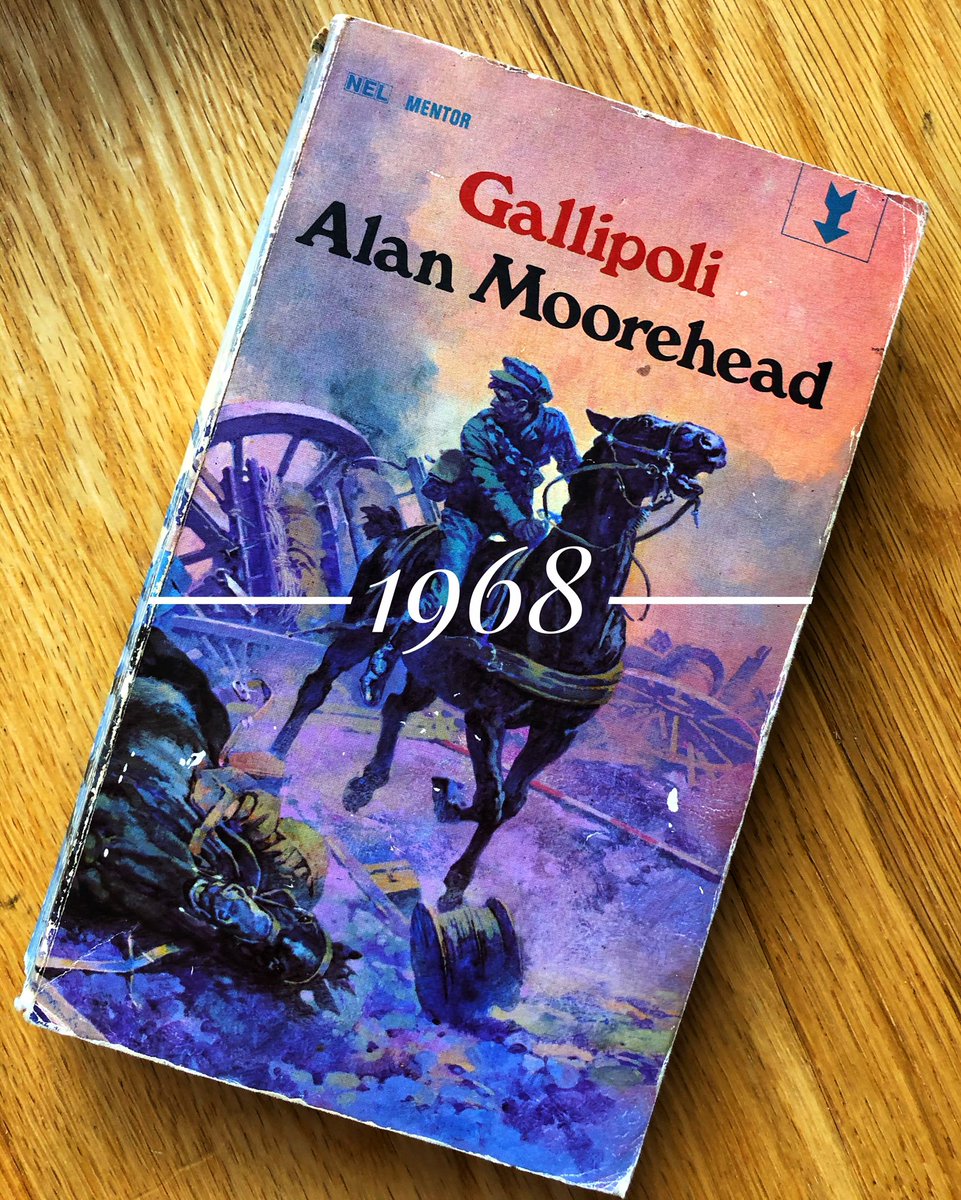
Gallipoli: variations on a theme. Covers of Moorhead’s classic. Why does this interest me? These covers show the tracking away from the Gallipoli campaign itself to the generic repeated themes of barbed wire, horses, etc. I’d be interested to see other covers of this book...
• • •
Missing some Tweet in this thread? You can try to
force a refresh


